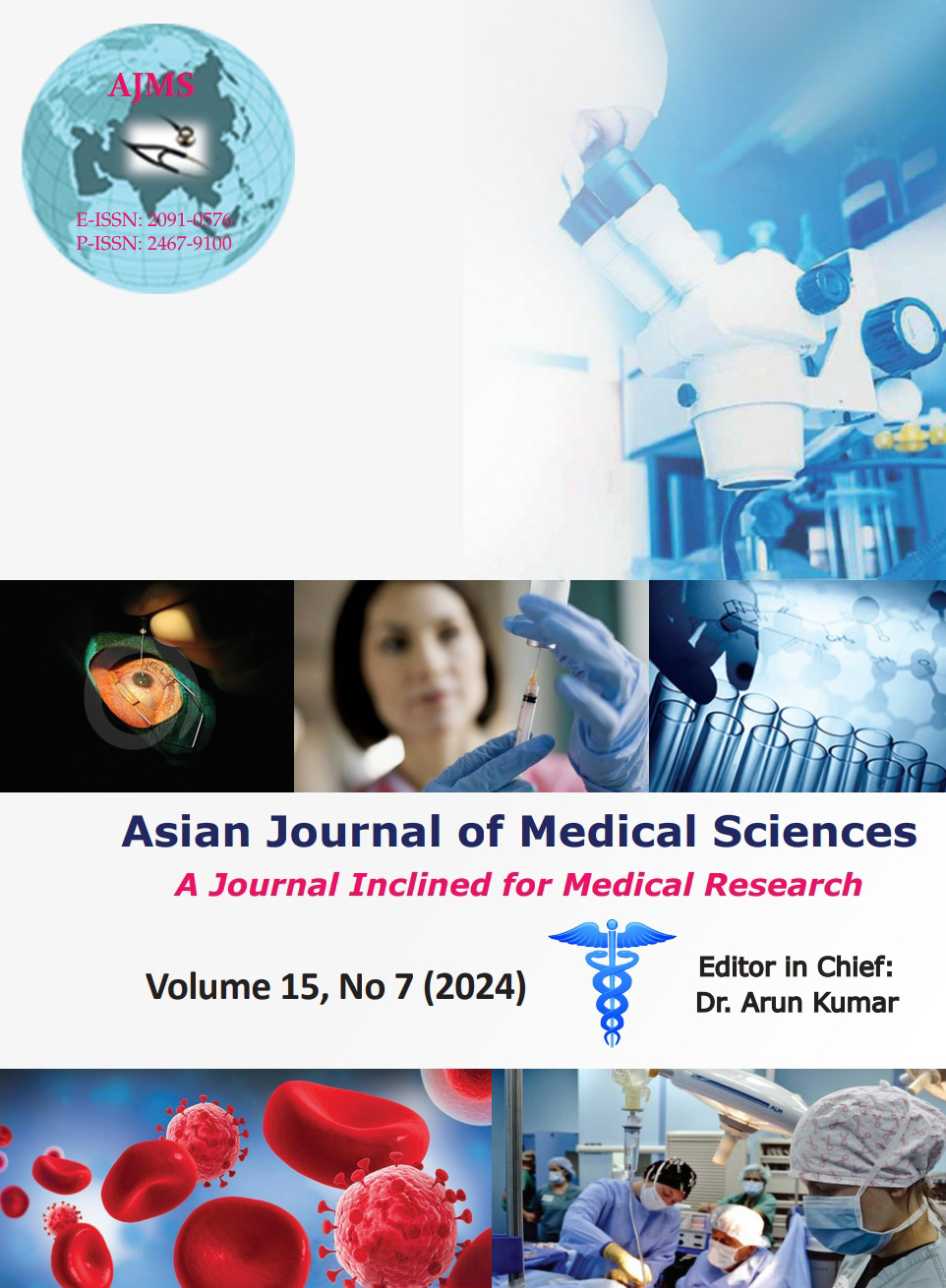A study to observe the association of left ventricular ejection fraction and wall motion score index with duration of early systolic lengthening in patients with non-ST-elevation acute coronary syndrome
Keywords:
Coronary artery disease (CAD); Non-ST-elevation myocardial infarction (NSTEMI); Wall motion score index (WMSI); Left ventricular ejection fraction (LVEF); Global longitudinal strain (GLS); Duration of early systolic lengthening (DESL); Post-systolic shortening (PSS)Abstract
Background: Management of non-ST elevation myocardial infarction acute coronary syndrome (NSTEMI ACS) patients is not well defined as that of ST elevation myocardial infarction. The accuracy of results of conventional echocardiography is significantly compromised when imaging is suboptimal, myocardial damage is in small areas, and compensatory hyperkinesias of healthy segment.
Aims and Objectives: Duration of early systolic lengthening (DESL) may be employed to identify early myocardial ischemia and thus, may help to prepare treatment strategies for NSTEMI patients.
Materials and Methods: A total of 57 patients with NSTEMI ACS attending the cardiology department were included in the study group.
Results: More than 80% of patients of NSTEMI have normal or near normal ejection fraction and wall motion score index. In our study, the DESL is prolonged in a significant number of non-ST-elevation acute coronary syndrome patients.
Conclusion: As DESL is afterload independent, it is superior to global longitudinal strain in assessing myocardial damage. Several studies including ourselves show that DESL of <50 ms may be the cutoff value to reveal minimal myocardial damage.
Downloads
Downloads
Published
How to Cite
Issue
Section
License
Copyright (c) 2024 Asian Journal of Medical Sciences

This work is licensed under a Creative Commons Attribution-NonCommercial 4.0 International License.
Authors who publish with this journal agree to the following terms:
- The journal holds copyright and publishes the work under a Creative Commons CC-BY-NC license that permits use, distribution and reprduction in any medium, provided the original work is properly cited and is not used for commercial purposes. The journal should be recognised as the original publisher of this work.
- Authors are able to enter into separate, additional contractual arrangements for the non-exclusive distribution of the journal's published version of the work (e.g., post it to an institutional repository or publish it in a book), with an acknowledgement of its initial publication in this journal.
- Authors are permitted and encouraged to post their work online (e.g., in institutional repositories or on their website) prior to and during the submission process, as it can lead to productive exchanges, as well as earlier and greater citation of published work (See The Effect of Open Access).




